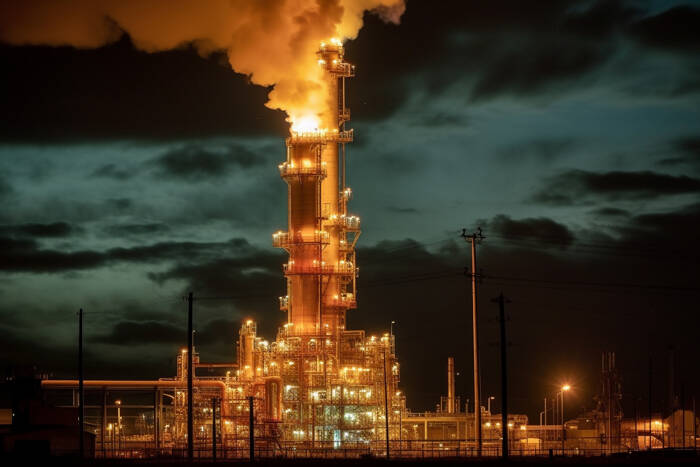Last week, U.S. Natural Gas Futures settled at $4.104, down $0.295 or -6.71%.
How Are Storage and Production Trends Affecting the Market?
Despite weak demand, natural gas storage remains below historical levels. The latest EIA report showed a larger-than-expected withdrawal of 62 Bcf for the week ending March 7, exceeding the consensus estimate of 50-54 Bcf. This helped stabilize prices briefly, as storage levels are now 11.9% below the five-year average and the tightest they have been in over two years.
On the production side, Lower-48 dry gas output remains flat, averaging 107.1 Bcf/day, a modest 4.6% year-over-year increase. Meanwhile, demand stood at 77.0 Bcf/day, up 5.7% from the prior year. Liquefied natural gas (LNG) export flows edged slightly lower to 15.2 Bcf/day, reflecting maintenance-related disruptions.
Is LNG Expansion a Bullish Factor for Prices?
Longer-term, the expansion of U.S. LNG export capacity remains a key bullish factor. The Trump administration is expected to approve the Commonwealth LNG export facility in Louisiana, adding to U.S. export potential. Additionally, President Trump lifted the Biden administration’s pause on LNG export project approvals earlier this year, clearing the way for a backlog of projects.
If these facilities move forward, U.S. gas demand for exports could rise significantly, tightening domestic supply and offering price support. However, in the short term, LNG flows remain relatively steady, limiting their immediate impact on pricing.
Market Outlook: Will Fundamentals Shift the Balance?
